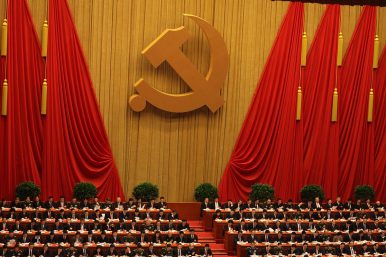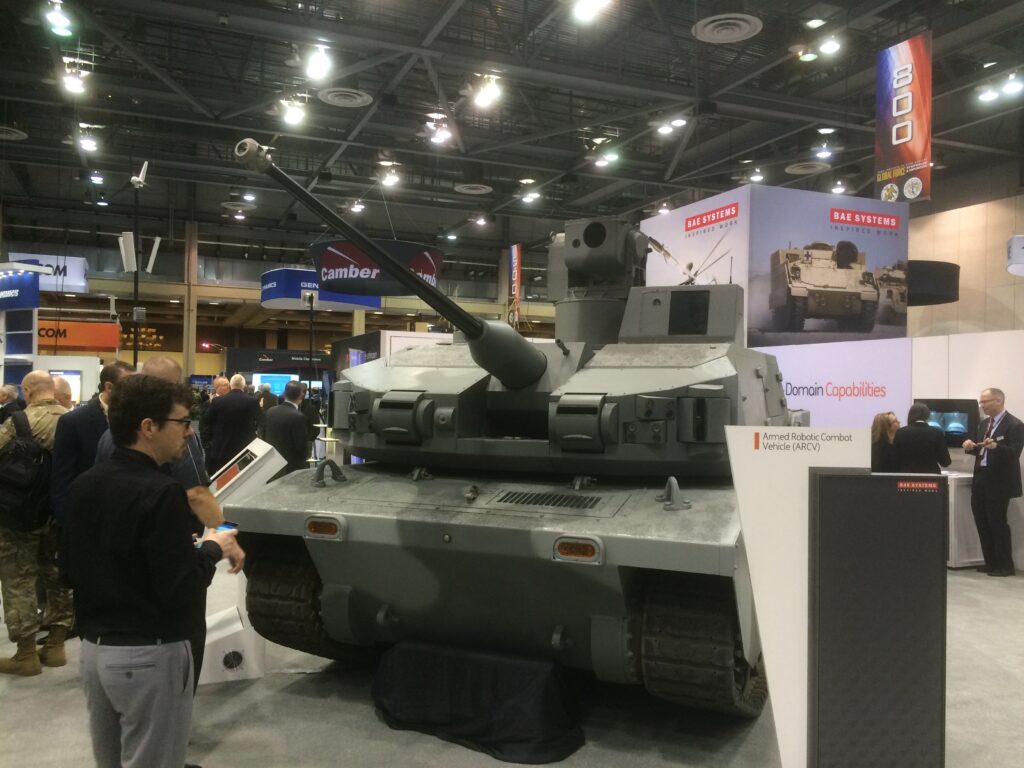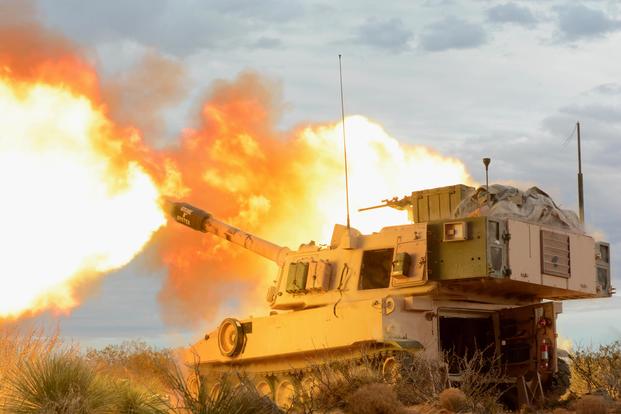Narayan Ramachandran
India is a disproportionate loser in a protectionist world and must take a very strong and principled stand against it India needs global trade, human-capital-based exports and financial capital import to buttress its path to prosperity. Photo: Bloomberg President Donald Trump drove a steel rapier through the heart of a post-war global framework for trade when he signed a proclamation authorizing tariffs on steel and aluminium products imported into the US. Using a national security rationale, Trump followed through on this tariff despite widespread opposition within the Republican party and the resignation of his chief economic adviser, Gary Cohn, who opposed the tariff. The tariff, taken together with the move to tax imports of solar panels and large washing machines, announced earlier, easily makes this American government the most protectionist in the last 80 years. The worry is that these moves trigger tit for tat retaliations from around the world—Brazil and the European Union have already reacted verbally.




















